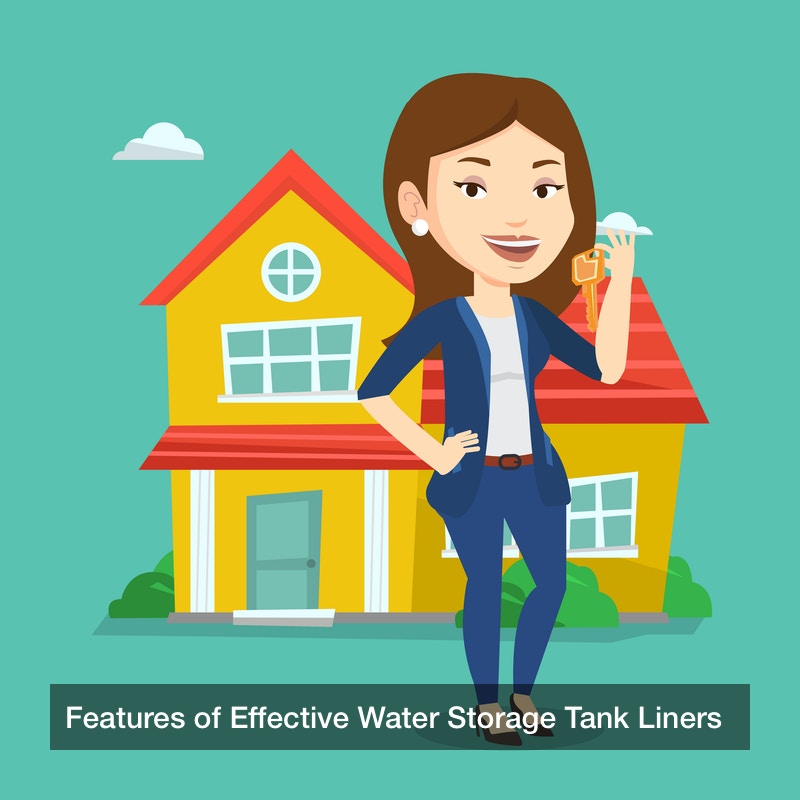
Clean and safe drinking water, also known as portable water, is important for human survival. But one of the major challenges facing water treatment and storage plants, and even the residential water storage tanks is how to safely store drinking water. Most water storage tanks, whether metal or concrete, suffer common problems such as contamination, corrosion, and water leaks.
While regular tank inspections help to uncover these problems before it worsens and also confirming water quality, more practical solution for both standard and custom water tanks is to install potable water tank lining. This helps to prevent the stored water from coming into contact with the tank surface. The different types of liner products available in the market are metal and concrete water tank liners, but they all share some common benefits.
If you are looking for metal or concrete water liners, there are a few characteristics that define good tank liners you need to know.
Custom Tank Liners
Tanks come in different sizes and for a custom tank option, there is a need for custom linings that are made to fit your tank just right. There is no need for spending a lot on a product only to find that it can’t serve any purpose on your custom water tank. The worst is that even if the tank liner cannot be tailored to your tank specification.
Fortunately, the industry has grown and the capacity has increased to produce custom linings for any tank size and shape. It would be wise to get your tank measurements which the manufacturer will use to make customized tank liners to your tank specifications.
Corrosion Resistant Tank Lining
The key functions of water tank liners are to address: Water leaks, contamination and corrosion. This means clean and safe water to drink while preserving the integrity of the tank. So, liner products should feature a protective coating that is made of chemically-inert materials to prevent chemical corrosion and UV radiation. Both metal and concrete water tank liners provide an effective non-corrosive coating.
Ease of Installation
The reason why you need to find water storage tank liners that are easy to install is to avoid lengthy interruption of water supply, especially for commercial water storage tanks that serve many people. Consider the installation and application process before buying a tank liner. For instance, liner products such as epoxy and polyurethane would require time to cure after painting.
Essentially, the materials used to make the liner would influence its flexibility and ease of application. However, look for quality, sturdy and flexible tank liners that are easy to install. Another thing you need to consider is the location and type of tank, which will greatly influence the installation speed as well as the type of liners to choose. You need industrial tank liners that are easy to install on both underground and above ground water tanks.
Environmental Friendly Materials
Tank liners are manufactured using different materials, and it’s these materials that have to comply with industry standards to ensure the product is safe for use, according to the United States Environmental Protection Agency (EPA). In additon, every liner product also has to be certified by the National Science Foundation (NSF). The two agencies oversee and ensure citizens are able to access clean drinking water, particularly water plants that use above-ground storage tanks.
Even the unregulated underground water tanks should use tank liners to ensure both the quality of water and tank aren’t compromised. Whether you’re looking for metal or concrete water tank liners, ensure that it complies with your state’s laws and requirements to avoid getting on the wrong side with your local authority.
